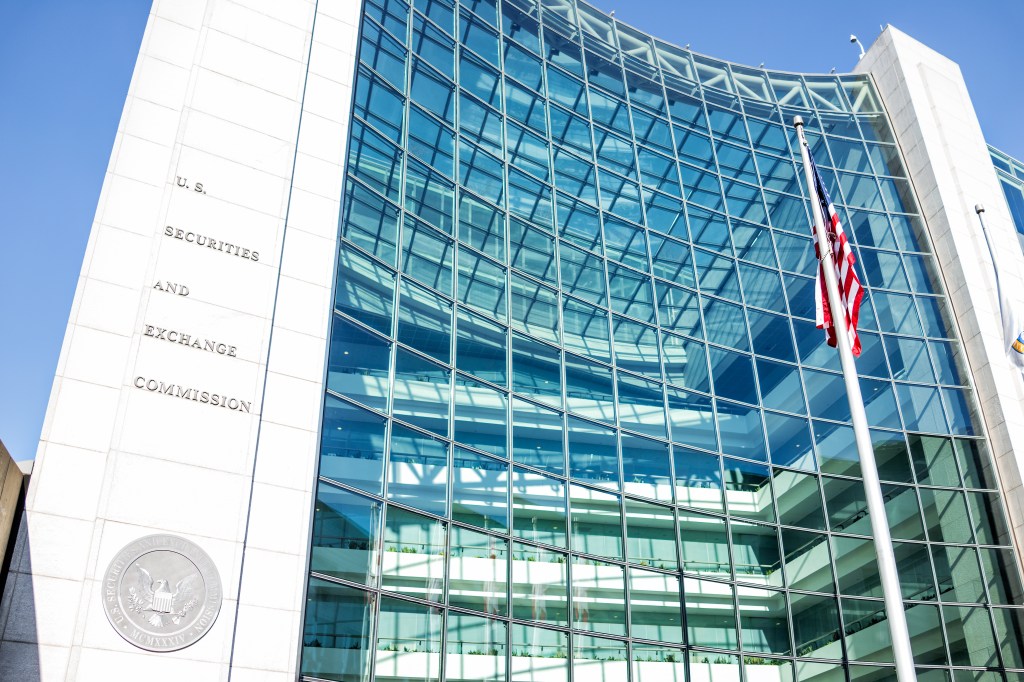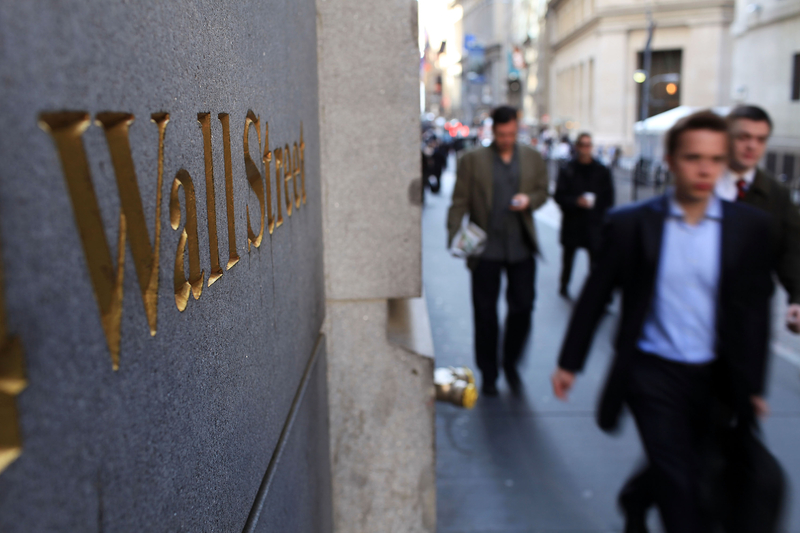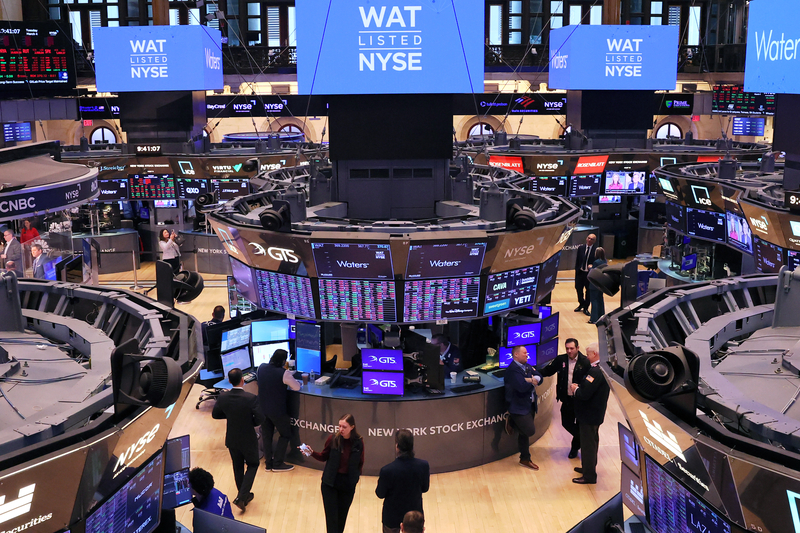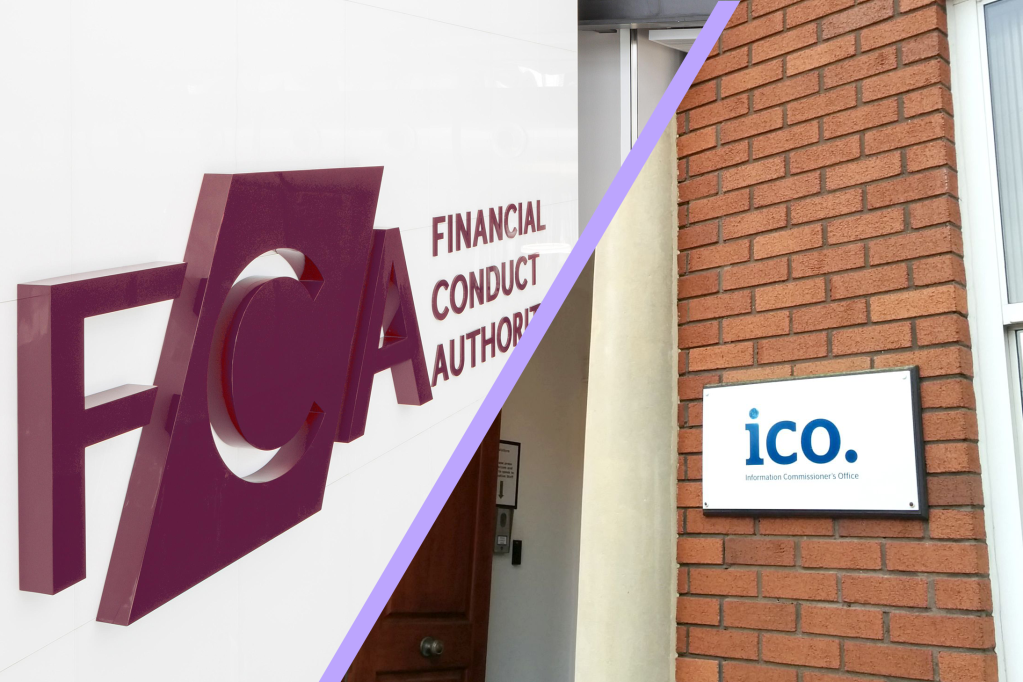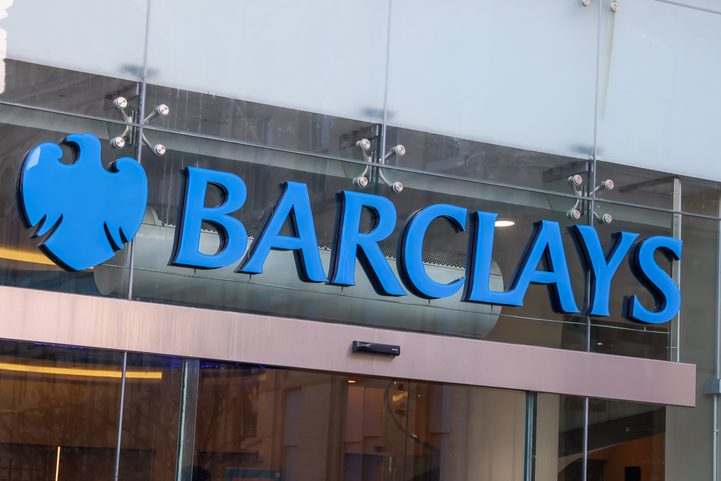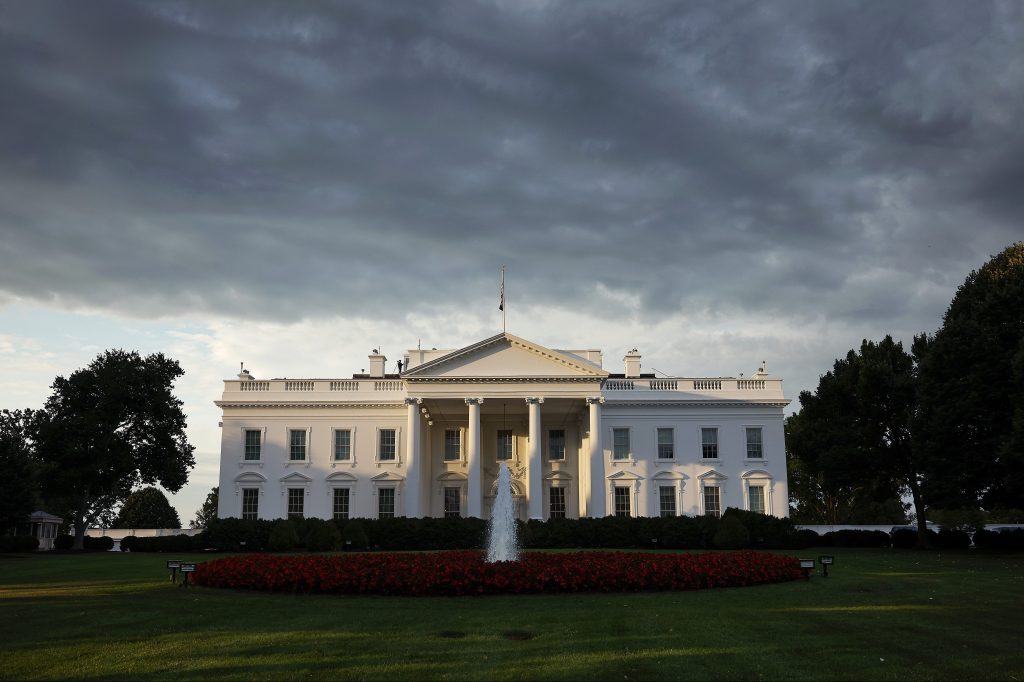Instititional investors are getting more positive towards digital assets and adding them into their portfolios, a new survey from Fidelity Digital Assets finds.
More than half of the 1,052 institutional investors who responded to the survey have a positive view of digital assets, up 6% from last year, with 58% already invested in digital assets, and 74% planning to invest in the future. And most, 81%, believe that digital assets should be a part of an investment portfolio.
The survey was carried out between January 2, 2022 and June 24, 2022, and featured 1,052 institutional investors in the US (410), Europe (359) and Asia (283), including family offices, digital and traditional hedge funds, pensions and defined benefit pensions, financial advisors, endowment and foundations and high-net-worth investors.

Asia top holders
The highest ownership of digital assets is among respondents in Asia (69%), then Europe (67%) and the US (42%). Still, both Europe and the US saw an increase in ownership since 2021, with the rise mainly from high-net-worth investors. Globally, the use of digital assets is highest among high-net-worth investors (82%) alongside crypto hedge funds and venture capital funds (87%), and financial advisors (73%). That, states the survey, could be a result of their organizational structures and investment decision-making policies.
The lowest adoption of digital assets was among family offices, pensions/defined benefit (DB) plans, traditional hedge funds, and endowments and foundations.

Growing interest
Even if the recent turbulent crypto market may have affected some institutional investors’ view of digital assets, the trend still points to a continued interest in the digital market. Almost nine out of 10 institutional investors find characteristics of digital assets appealing. They also like the concept of a bitcoin ETF (an exchange-traded fund), as well as actively managed multi-digital asset funds and passive multi-digital asset funds.
“The increased adoption reflected in the data speaks to a strong first half of the year for the digital assets industry. While the markets have faced headwinds in recent months, we believe that digital assets fundamentals remain strong and that the institutionalization of the market over the past several years has positioned it to weather recent events,” said Tom Jessop, president of Fidelity Digital Assets.
“Institutional investors are experienced in managing through cycles, and the largely inherent factors that they cited as appealing in this study will likely remain as the market emerges from this period.”, he added.
Bitcoin most popular crypto
Bitcoin and ether are still the most popular assets to invest in. However, the biggest barrier to investing in digital assets remains price volatility, which was cited by half of the respondents. Other reasons not to invest included the lack of fundamentals to gauge value, security and regulatory concerns, market manipulation risks, and complexity.
“Possibly even more prominent a focus given recent market activity, price volatility remains the primary barrier to adoption,” said Chris Kuiper, director of research for Fidelity Digital Assets.
“While short-term price fluctuation is a characteristic somewhat inherent to this emerging asset class, many of the other concerns cited by respondents can be addressed as institutional investors move through their journey of education, which is why we’re now more committed than ever to providing investors with resources that deepen their understanding and allow for thoughtful long-term investment consideration.”
Fidelity Digital Assets has conducted annual studies since 2018 to better understand institutional investors’ perceptions and approaches to digital assets, and trends across the US, Europe, and Asia. Read the latest survey in full here.



